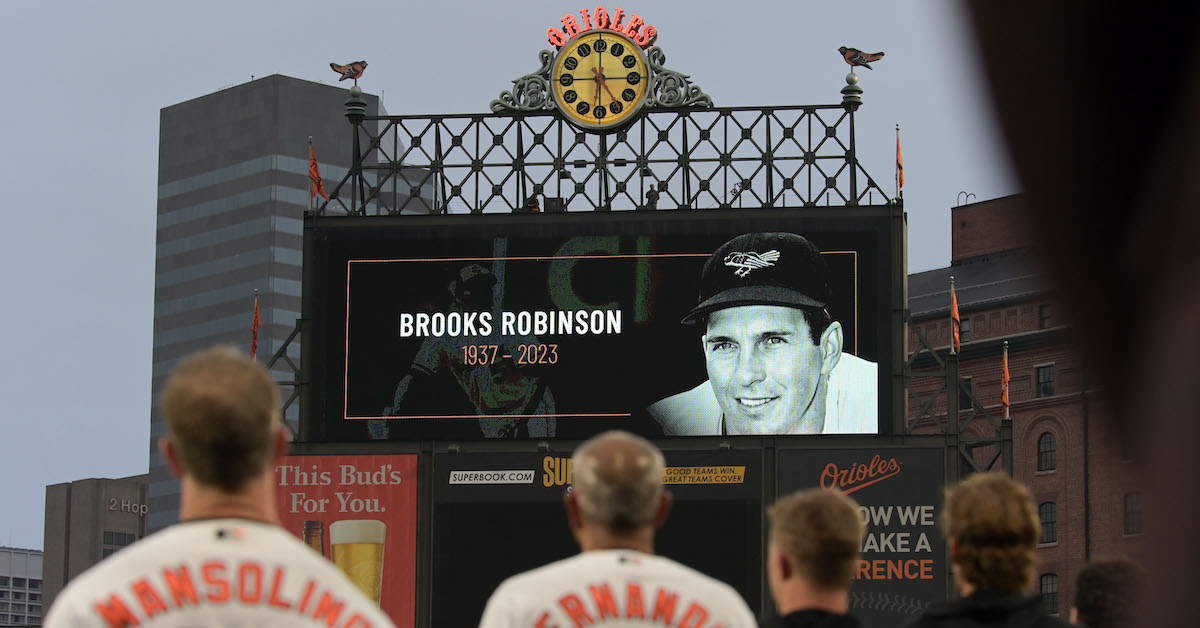Minor League Hitting Coach
Primary Purpose
The Cleveland Guardians are sourcing applicants for potential future Minor League Hitting Coach openings in the Player Development Department. Though the team does not have any current openings, we are looking to get to know potential candidates throughout the calendar year in order to (1) begin to vet potential candidates at times more conducive to their schedules; and (2) enable us to move forward more quickly through the hiring process if and when relevant openings do develop. The ideal candidate will possess a passion for player and personal growth, experience integrating multiple information sources to create and implement development plans, and a thorough understanding of skill acquisition principles. Excellent applicants will demonstrate curiosity, creativity, and a drive to learn new concepts to problem solve. First and foremost, we are looking for great people!
We are committed to creating an equitable interview process that recognizes the unique identities of all applicants and allows candidates to bring their best selves forward. If you are more comfortable with submitting your materials (i.e., resume, other documents) in Spanish, please feel free to do so.
If you meet some of the qualifications above, we encourage you to apply or to reach out for more information. We know that people from historically marginalized groups – including people of color, women, people from working class backgrounds, and people who identify as LGBTQ – may feel less likely to apply, even though they are qualified, unless they meet every requirement for a job. Therefore, we encourage you to reach out if you have questions about the role or your qualifications. We are happy to help you feel ready to apply!
Essential Responsibilities and Duties
- Integrate objective information into a detailed and comprehensive player development plan.
- Create effective training environments based off individual player plans.
- Collaborate with Physical domains to effectively plan, implement, and monitor a holistic player development plan.
- Utilize internal tools, resources, and analytics to assess and adjust player plans.
- Communicate development plans and progress with players and Player Development staff and Front Office throughout the year.
- Assist field staff with normal daily operations when necessary.
Requirements
- Minimum of two years related experience and/or training required. Previous experience with a Major or Minor League Baseball organization or collegiate baseball program is a plus.
- Candidate is willing to potentially work at our development complex in Arizona year-round.
- Ability to effectively communicate with a wide range of people and backgrounds.
- Reads, speaks, comprehends, and communicates English proficiently in all communications.
- Interest in personal and professional development with a desire to be involved in internal continuing education opportunities.
- Proficiency in Microsoft Office including Teams, Word, Excel, PowerPoint, Office, and Outlook.
Preferred Experience
- Fluency in Spanish is a plus but not required.
- Proficiency in SQL is a plus but not required.
- Experience working with Trackman, Edgertronic cameras, biomechanics data, and workload monitoring data.
- Strength & conditioning experience is a plus but not required.
Standard Requirements
- Represents the Cleveland Guardians in a positive fashion to all business partners and the general public.
- Ability to develop and maintain successful working relationship with members of the Front Office.
- Ability to act according to the organizational values and service excellence at all times.
- Ability to work with multicultural populations and have a commitment to fairness and equality.
- Ability to work in a diverse and changing environment.
To Apply:
To apply, please follow this link.
The content in this posting was created and provided solely by the Cleveland Guardians.








